Permanent magnets are everywhere—in motors, electronics, speakers. But not all magnets are made the same. Some are metallic, others are ceramic. Do you know the difference?
Ferrite is a type of magnetic material made from iron oxide and other metal oxides, with high electrical resistance. It’s used widely in high-frequency electronic components.
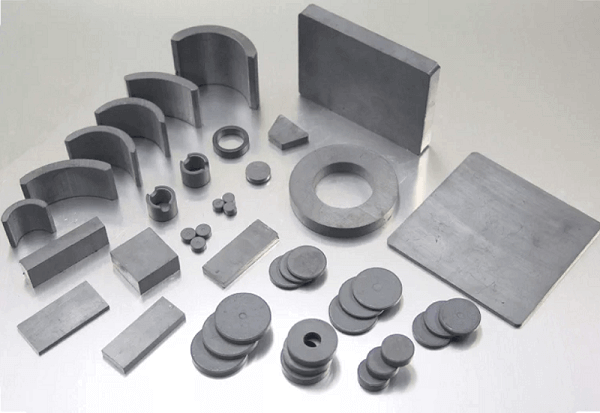
Ferrite magnets are not as flashy as rare earth magnets, but they play a critical role in electronics and consumer products. If you’re curious about what ferrites are and how they’re used, you’re in the right place.
What is a hard ferrite?
Hard ferrites are used in daily life, but they’re often overlooked. Want to know what makes them so durable?
A hard ferrite is a type of ceramic magnet that remains magnetized for a long time. It’s commonly used in speakers, motors, and fridge magnets.
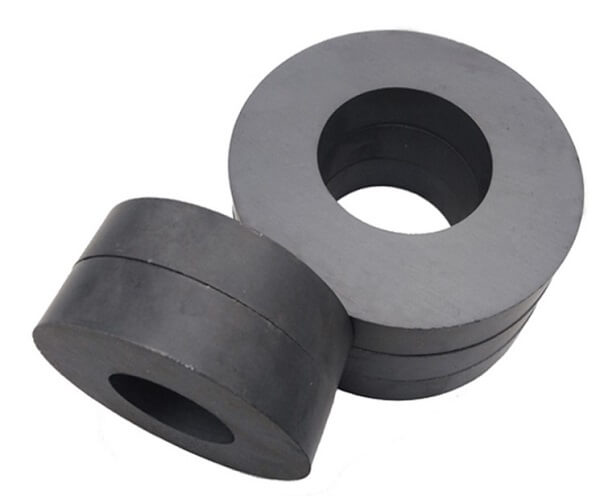
Why hard ferrites matter
Hard ferrites are made from iron oxide and either barium or strontium carbonate. Once magnetized, they hold their magnetism well. This makes them ideal for permanent magnet applications.
Here’s a simple breakdown:
| Property | Hard Ferrite | Rare Earth Magnet |
|---|---|---|
| Composition | Iron oxide + Ba/Sr carbonate | Neodymium or Samarium alloys |
| Cost | Low | High |
| Corrosion | Resistant | Requires coating |
| Magnetic strength | Moderate | Very high |
| Use case | Speakers, toys, motors | EV motors, sensors, MRI |
They’re widely used because they’re cheap, resistant to corrosion, and good enough for many common tasks. You’ll find them in car dashboards, door latches, and kitchen tools. They’re not flashy, but they get the job done.
What is the purpose of a ferrite?
Why are ferrites used when there are stronger magnets like neodymium? The answer lies in efficiency and frequency.
Ferrites are used to block high-frequency noise and stabilize signals in electronics. They’re essential for radio, power supplies, and telecommunication systems.
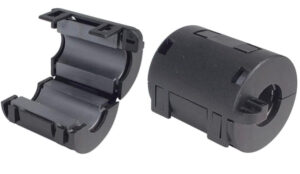
Ferrite core
Ferrites in action
Ferrites are not just about magnetism. Their real value comes from their high electrical resistivity. This means they can suppress unwanted currents (called eddy currents) in high-frequency environments. Here’s how they work:
- In power adapters, ferrite beads prevent noise from traveling down wires.
- In transformers, ferrite cores help transfer energy efficiently.
- In radio antennas, ferrites improve signal clarity.
Think about your phone charger. That little bump near the USB plug? That’s often a ferrite bead. It’s there to prevent your charger from interfering with other devices. Quietly, ferrites make your electronics more reliable.
What is a soft ferrite?
Not all ferrites are permanent magnets. Some only work while energized. This makes them perfect for changing magnetic fields.
A soft ferrite is a magnetic material with low coercivity. It loses its magnetism once the external field is removed, which is perfect for transformers and inductors.
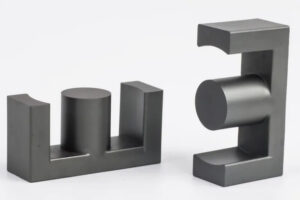
soft ferrite
Why soft ferrites matter in circuits
Soft ferrites are made from iron oxide and oxides of nickel, zinc, or manganese. These materials are sintered together to create a ceramic with specific magnetic properties.
Here’s why engineers love them:
- They don’t hold magnetism. That’s good when you need rapid switching.
- They reduce energy loss in transformers.
- They filter out high-frequency noise.
| Property | Soft Ferrite | Hard Ferrite |
|---|---|---|
| Magnetic behavior | Temporary (low coercivity) | Permanent (high coercivity) |
| Application | Coils, chokes, transformers | Motors, speakers, magnets |
| Frequency response | Excellent for high-frequency use | Lower than soft ferrites |
In every switching power supply or radio transmitter, soft ferrites play a vital role. They help manage energy flow without adding weight or cost. Without them, your electronics would be bigger, slower, and less efficient.
Is a ferrite a metal?
Ferrite doesn’t look like metal. It doesn’t feel like it either. So is it really a metal?
Ferrite is not a pure metal. It’s a ceramic made from iron oxide and other metal oxides, combining magnetic properties with high electrical resistance.
What makes ferrite different from metal?
Ferrite belongs to a class of materials known as ceramic compounds. Unlike metallic magnets, they don’t conduct electricity well, and they don’t rust easily. That’s what makes them so useful in electronics.
Let’s compare:
| Feature | Ferrite | Metal (e.g., Iron) |
|---|---|---|
| Conductivity | Low (insulator) | High (conductor) |
| Corrosion resistance | High | Low (rusts easily) |
| Density | Lower | Higher |
| Magnetic behavior | Varies (soft/hard) | Usually soft magnetic |
| Application | Electronics, filters, antennas | Structure, motors, tools |
Even though ferrite contains iron, it behaves very differently from metal. It’s brittle, like ceramic. But it gives engineers the tools to manage both magnetism and electricity in compact, affordable designs.
Conclusion
Ferrites are simple but powerful materials. Whether hard or soft, they are everywhere in electronics and magnets—and essential to modern life.
My Role
About me
Brand Name: NBAEM magnet
Slogan: Specialized in magnetic materials
Website: nbaem.com
Our Mission:
NBAEM Magnet is a magnet company with 15 years of experience. We specialize in various types of magnetic materials, aiming to help each customer create cost-effective customized magnets and magnetic components that meet their specific requirements. We provide high-quality pre-sales and after-sales services, along with relevant technical support.
About me:
NBAEM was founded by me—a passionate professional in the magnet industry. I started my career at a magnet factory and later established a successful magnet and magnetic assembly company. Through my journey in the magnet industry, I have helped many clients grow their businesses. By sharing my expertise and experience, I aim to help clients find the right solutions.

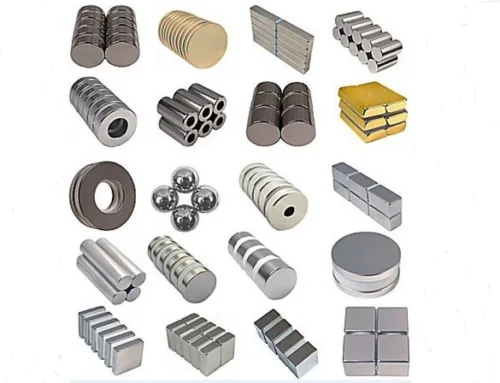


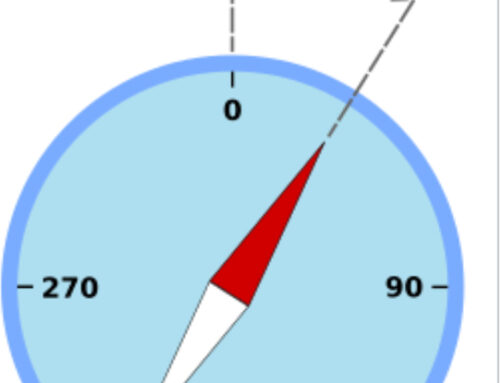
Leave A Comment